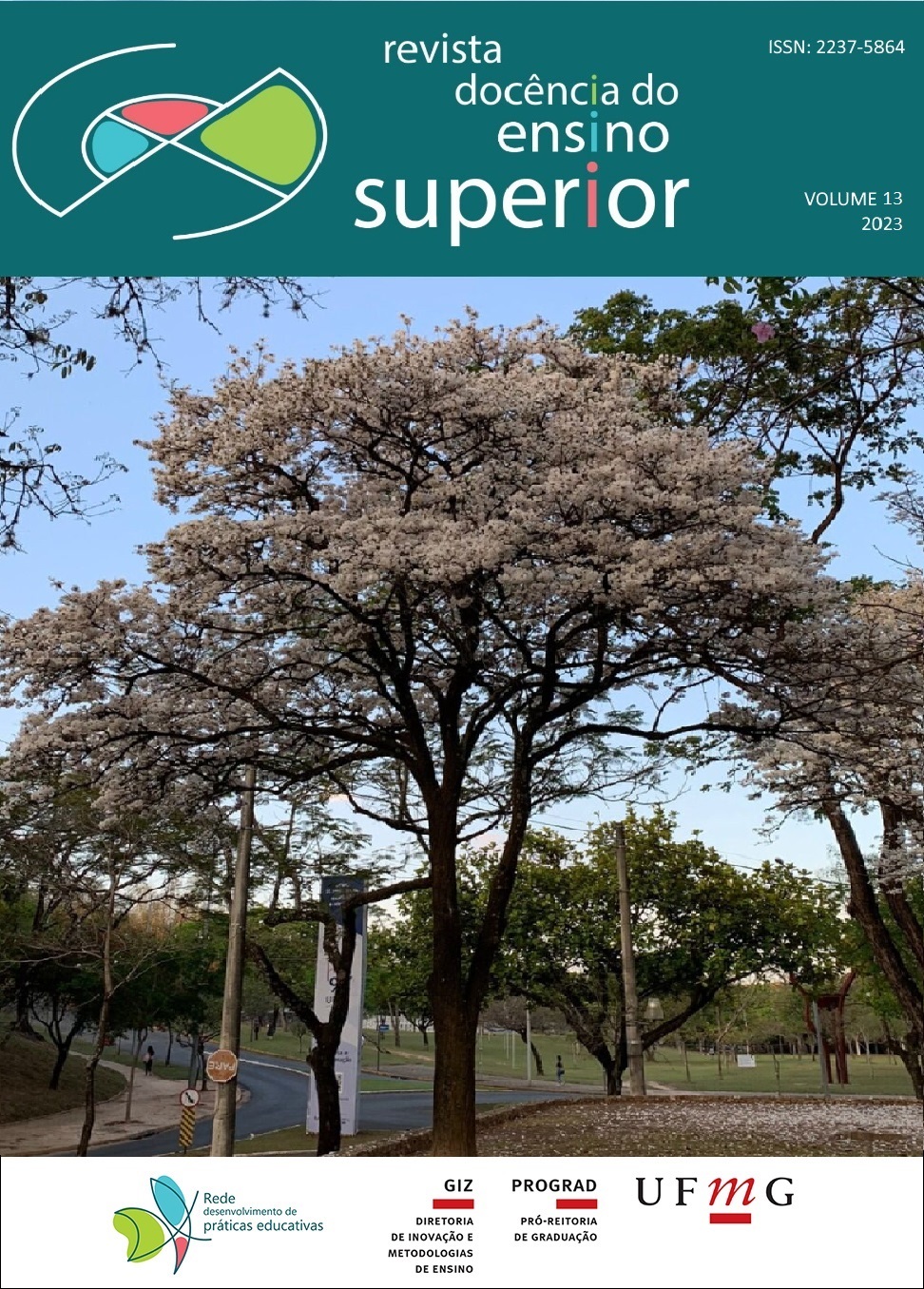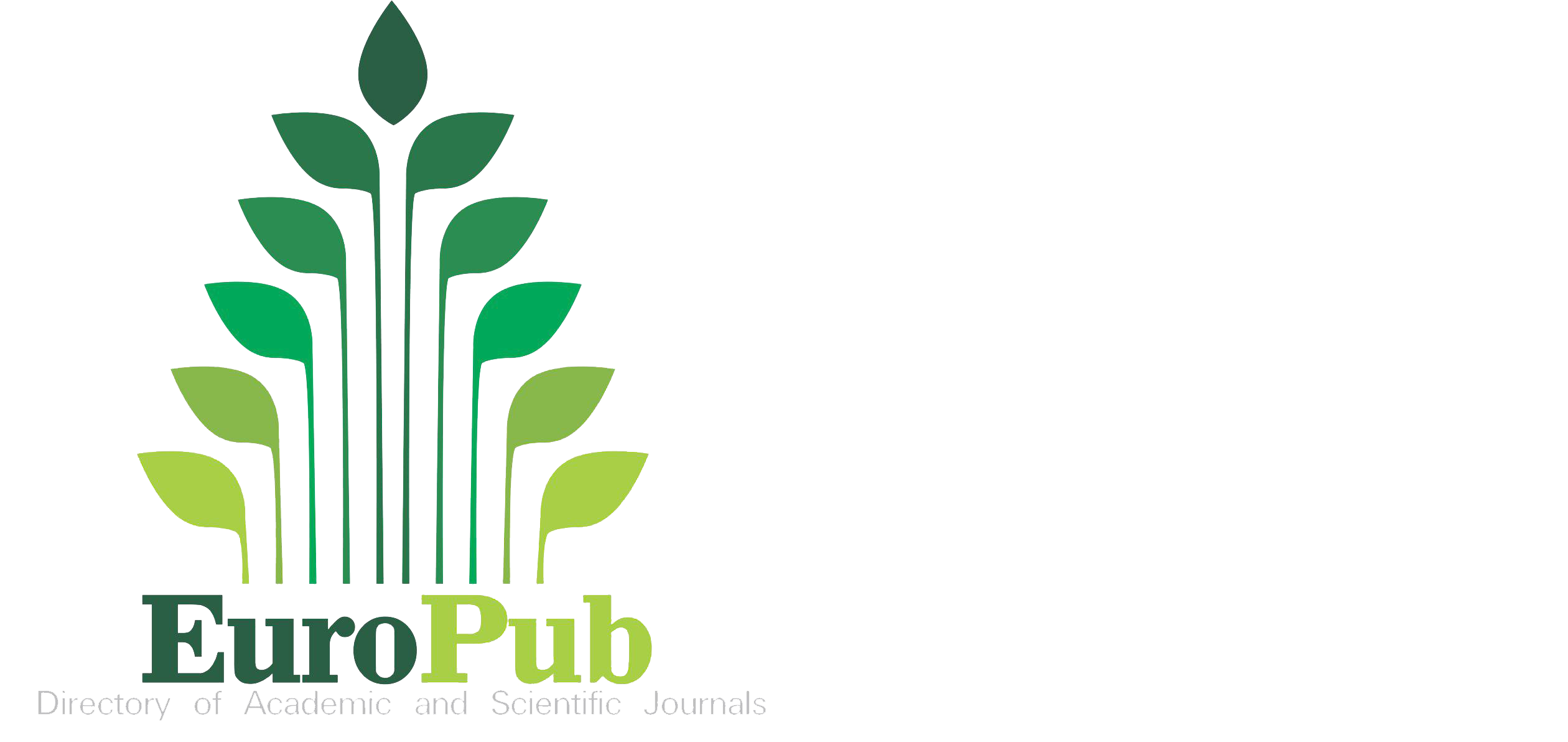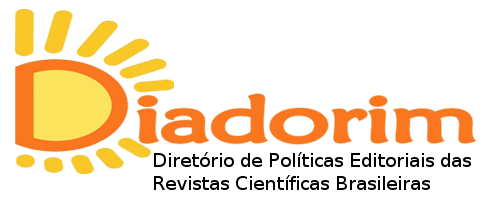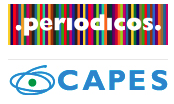Educational resources and multimodality in the construction of meanings in Higher Education Stereochemistry classes
DOI:
https://doi.org/10.35699/2237-5864.2023.40897Keywords:
mediational means, educational resources, semiotic modes, Organic Chemistry, University EducationAbstract
In this work, we analyze aspects of the performative action of two professors of Organic Chemistry at a federal university, in terms of the use of semiotic modes (for example, speech, gestures, proxemics and gaze) and educational resources (such as representations on board and screen and 3D molecular models). Data were collected from the video recording of lectures given by teachers to undergraduate students in Chemistry (Bachelor, Bachelor and Technological). For the analysis, we selected the classes in which they taught Stereochemistry and we identified, characterized and analyzed the semiotic modes and educational resources that they used to explain the “rule of rotation”. As some main results, we observed that the use of semiotic modes by the teachers was idiosyncratic and was influenced by the educational resource chosen to teach and that action routes with resources and modes enabled different ways of constructing meanings. Thus, we make considerations about the importance of teachers exploring possibilities that semiotic modes and educational resources present in the construction of meanings in Higher Education Chemistry classes.
Downloads
References
BURKE, Kenneth. A grammar of motives. Berkeley: University California Press, 1969.
BUTY, Christian; MORTIMER, Eduardo Fleury. Dialogic/authoritative discourse and modelling in a high school teaching sequence on optics. International Journal of Science Education, v. 30, n. 12, p. 1635-1660, 2008. DOI: https://doi.org/10.1080/09500690701466280. Disponível em: https://www.tandfonline.com/doi/full/10.1080/09500690701466280?. Acesso em: 10 jul. 2023.
CRYSTAL, David. Prosodic systems and intonation in english. Cambridge: University of Cambridge Press, 1969.
CUNHA, Maria Isabel. O bom professor e sua prática. 21. ed. São Paulo: Papirus, 2009.
GIBSON, James J. The ecological approach to visual perception. Hillsdale: Lawrence Erlbaum, 1986.
HALL, Edward T. A system for the notation of proxemic behavior. American Anthropologist, v. 65, n. 5, p. 1003-1026, 1963.
HALLIDAY, Michael A. K.; MATTHIESSEN, Christian M. I. M. Introduction to functional grammar. London: Arnold. 2014.
INGOLD, Tim. Tres en uno: Como disolver las distinciones entre cuerpo, mente e cultura. In: CRIADO, Tomás Sánchez. Tecnogénesis: la construcción técnica de las ecologias humanas. Madrid: AIBR. 2008, p. 1-33.
JEWITT, Carey. Technology, literacy, learning: a multimodality approach. London: Routledge, 2006.
KENDON, Adam. Gesture: visible action as utterance. Cambridge: Cambridge University Press, 2004.
KRESS, Gunther; JEWITT, Carey; OGBORN, Jon; TSATSARELIS, Charalampos. Multimodal teaching and learning: the rhetorics of the Science classroom. London: Continuum, 2001.
KRESS, Gunther. Multimodality: a social semiotic approach to contemporary communication. New York: Routledge, 2009.
LEMKE, Jay L. Talking Science: language, learning, and values. Cambridge: Cambridge University Press, 1990.
MORTIMER, Eduardo Fleury; MASSICAME, Tomas; BUTY, Christian; TIBERGHIEN, Andrée. Uma metodologia para caracterizar os Gêneros de Discurso como tipos de estratégias enunciativas nas aulas de Ciências. In: NARDI, Roberto. A Pesquisa em Ensino de Ciência no Brasil: Alguns Recortes. São Paulo: Escritura, 2007. p. 53-94.
MORTIMER, Eduardo Fleury; QUADROS, Ana Luiza. Multimodalidade no Ensino Superior. Ijuí: Unijuí, 2018.
NEVILE, Maurice. Looking for action talk and gaze: home position in the Airline Cockpit. Australian Review of Applied Linguistics, v. 33, n. 1, p. 3.1-3.21, 2010. DOI: https://doi.org/10.2104/aral1003.
NORRIS, Sigrid. Analyzing Multmodal Interaction: a methodological framebook. New York: Routledge, 2004.
OLIVEIRA, Leandro Antônio; SÁ, Eliane Ferreira; MORTIMER, Eduardo Fleury. Transformação da ação mediada a partir da ressignificação do uso de objetos mediadores em aulas do ensino superior. Revista Brasileira de Pesquisa em Educação em Ciências, p. 251-274, 2019. DOI: https://doi.org/10.28976/1984-2686rbpec2019u251274. Disponível em: https://periodicos.ufmg.br/index.php/rbpec/article/view/4951. Acesso em: 12 jul. 2023.
OLIVEIRA, Leandro Antônio; MORTIMER, Eduardo Fleury. Os percursos de transformação da ação mediada por recursos educacionais: O ponto de vista de uma professora de Química Orgânica de Ensino Superior. Ensaio Pesquisa em Educação em Ciências, Belo Horizonte, v. 22, p. 1-24, 2020. DOI: http://dx.doi.org/10.1590/1983-21172020210134. Disponível em: https://www.scielo.br/j/epec/a/B6hCZQzhhqWHb6hmPMdfFmk/?lang=pt. Acesso em: 12 jul. 2023.
OLIVEIRA, Leandro Antônio; MORTIMER, Eduardo Fleury. Percepções de professores de Química do Ensino Superior sobre o uso de modelos moleculares em seus percursos profissionais. Revista Brasileira de Pesquisa em Educação em Ciências, p. 1-29, 2022. DOI: https://doi.org/10.28976/1984-2686rbpec2022u935963. Disponível em: https://periodicos.ufmg.br/index.php/rbpec/article/view/38016. Acesso em: 12 jul. 2023.
QUADROS, Ana Luiza de; MORTIMER, Eduardo Fleury. Fatores que tornam o professor de Ensino Superior bem-sucedido: analisando um caso. Ciência & Educação, Bauru, v. 20, n. 1, p. 259-278, 2014. DOI: https://doi.org/10.1590/1516-731320140010016. Disponível em: https://www.scielo.br/j/ciedu/a/TJjxpFsfS5wkLRnLwT94fsj/?lang=pt. Acesso em: 12 jul. 2023.
QUADROS, Ana Luiza; GIORDAN, Marcelo. Rotas de transição modal e o ensino de representações envolvidas no modelo cinético molecular. Investigações em Ensino de Ciências, v. 24, n. 3, 2019. DOI: https://doi.org/10.22600/1518-8795.ienci2019v24n3p74. Disponível em: https://ienci.if.ufrgs.br/index.php/ienci/article/view/1296. Acesso em: 12 jul. 2023.
VYGOTSKY, Lev Semenovich. Mind in society: The development of higher psychological processes. Cambridge: Harvard University Press, 1978.
WERTSCH, James. Mind as action. New York: Oxford Uni Press, 1998.
Downloads
Published
How to Cite
Issue
Section
License
Copyright (c) 2023 Leandro Oliveira

This work is licensed under a Creative Commons Attribution 4.0 International License.
Authors who publish in this journal retain the copyright and grant the journal the right of first publication, with the work simultaneously licensed under the Creative Commons Attribution License which allows the sharing of work with acknowledgment of authorship and initial publication in this journal.
Authors are authorized to take additional contracts separately, for non-exclusive distribution of the version of the work published in this journal (e.g. publish in institutional repository or as a book chapter), with acknowledgment of authorship and initial publication in this journal.
Open access policy:
Revista Docência do Ensino Superior is an Open Access journal, which means that all content is available free of charge, at no cost to the user or their institution. Users may read, download, copy, distribute, print, search, or link to the full texts of the articles, or use them for any other legal purpose, without seeking prior permission from the publisher or author, provided they respect the license to use the Creative Commons used by the journal. This definition of open access is in line with the Budapest Open Access Initiative (BOAI).
























